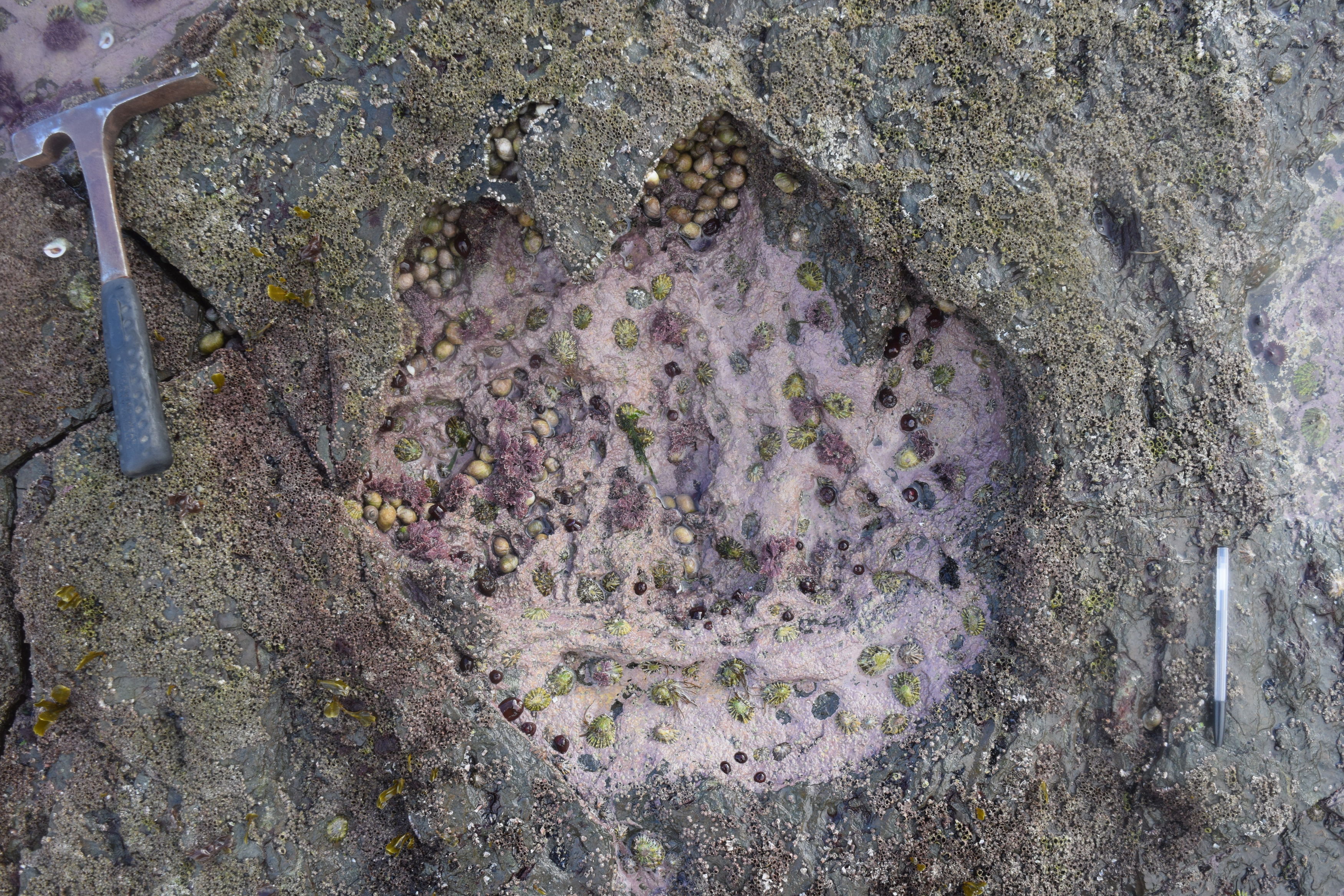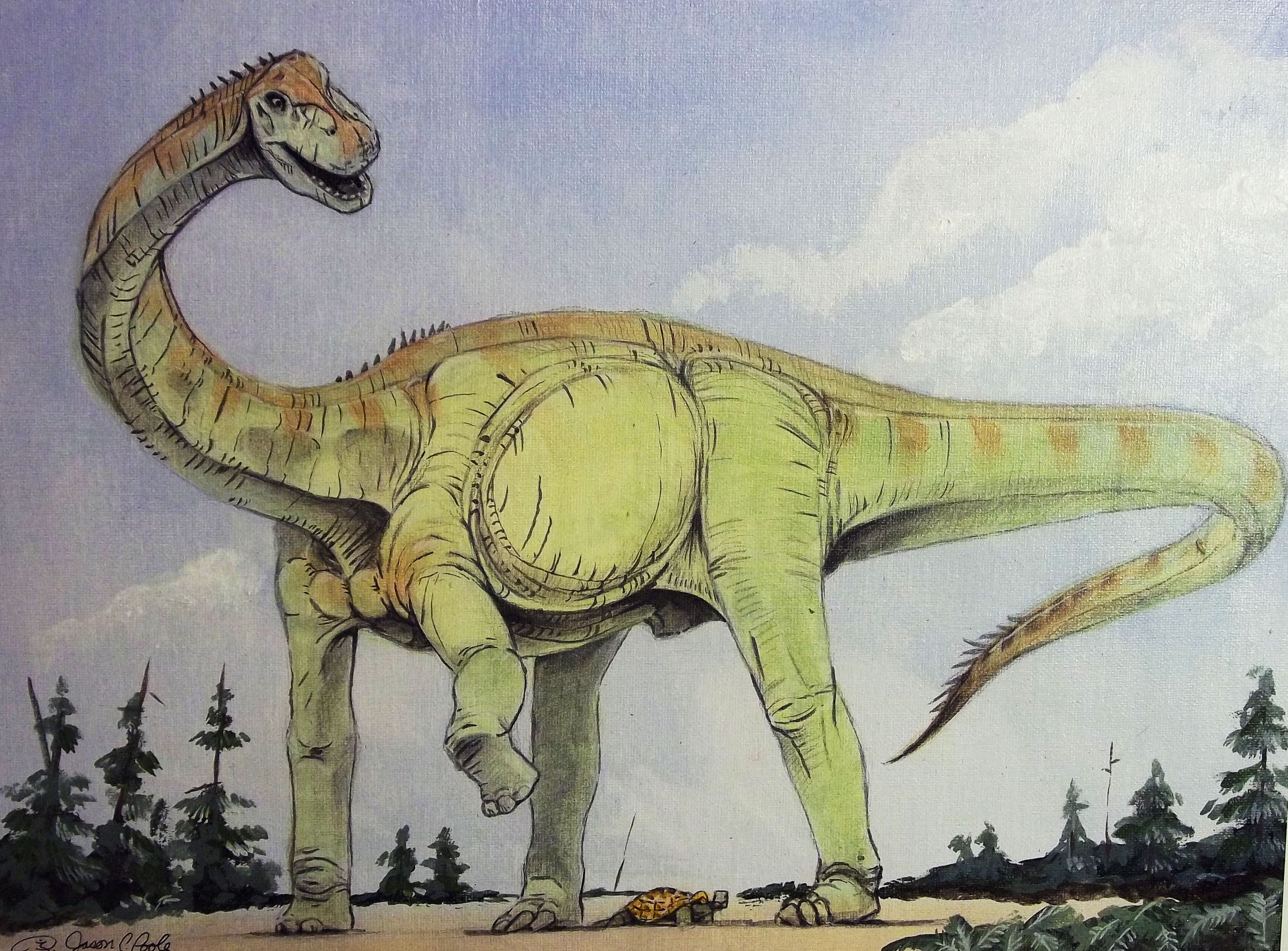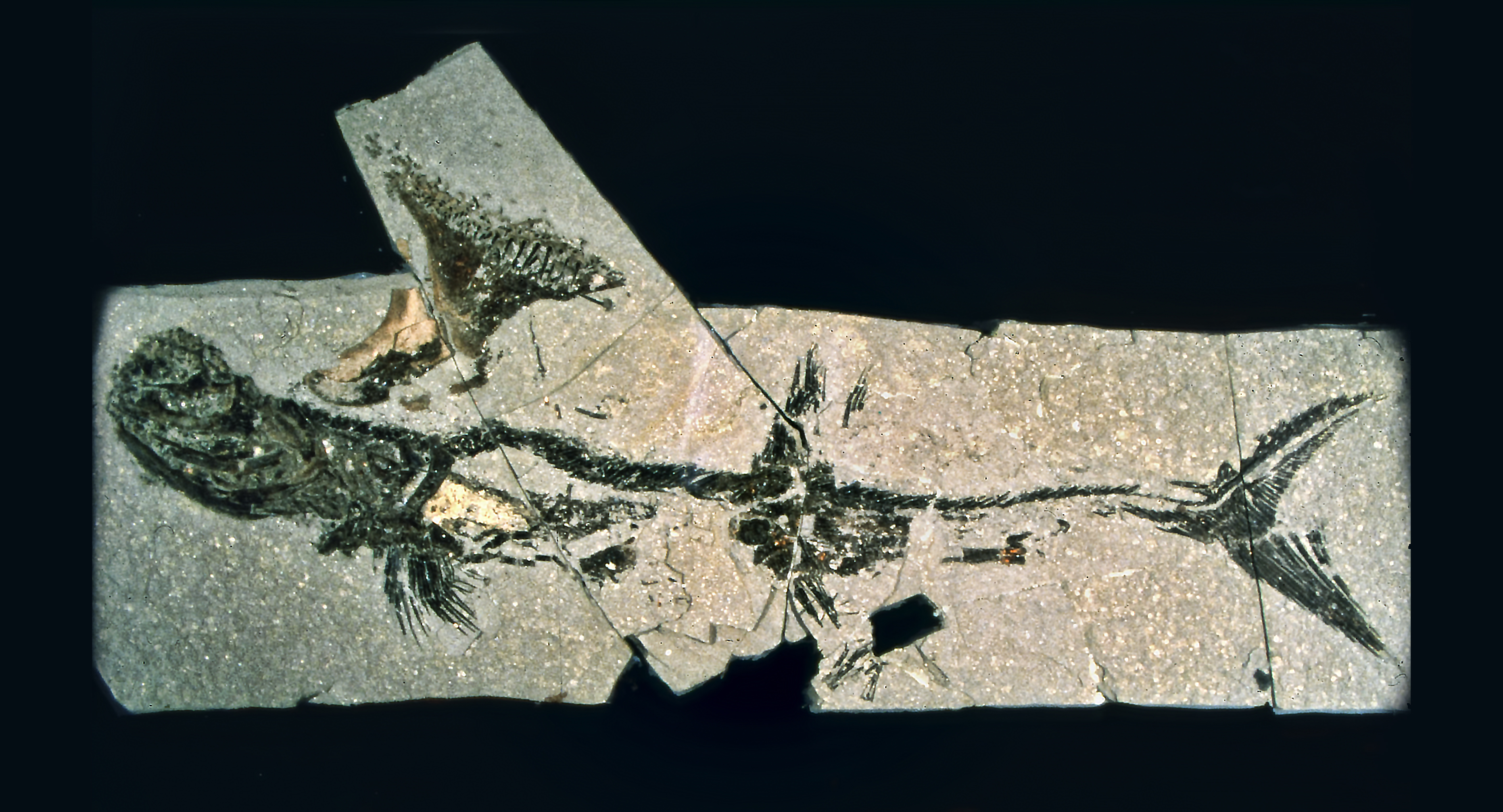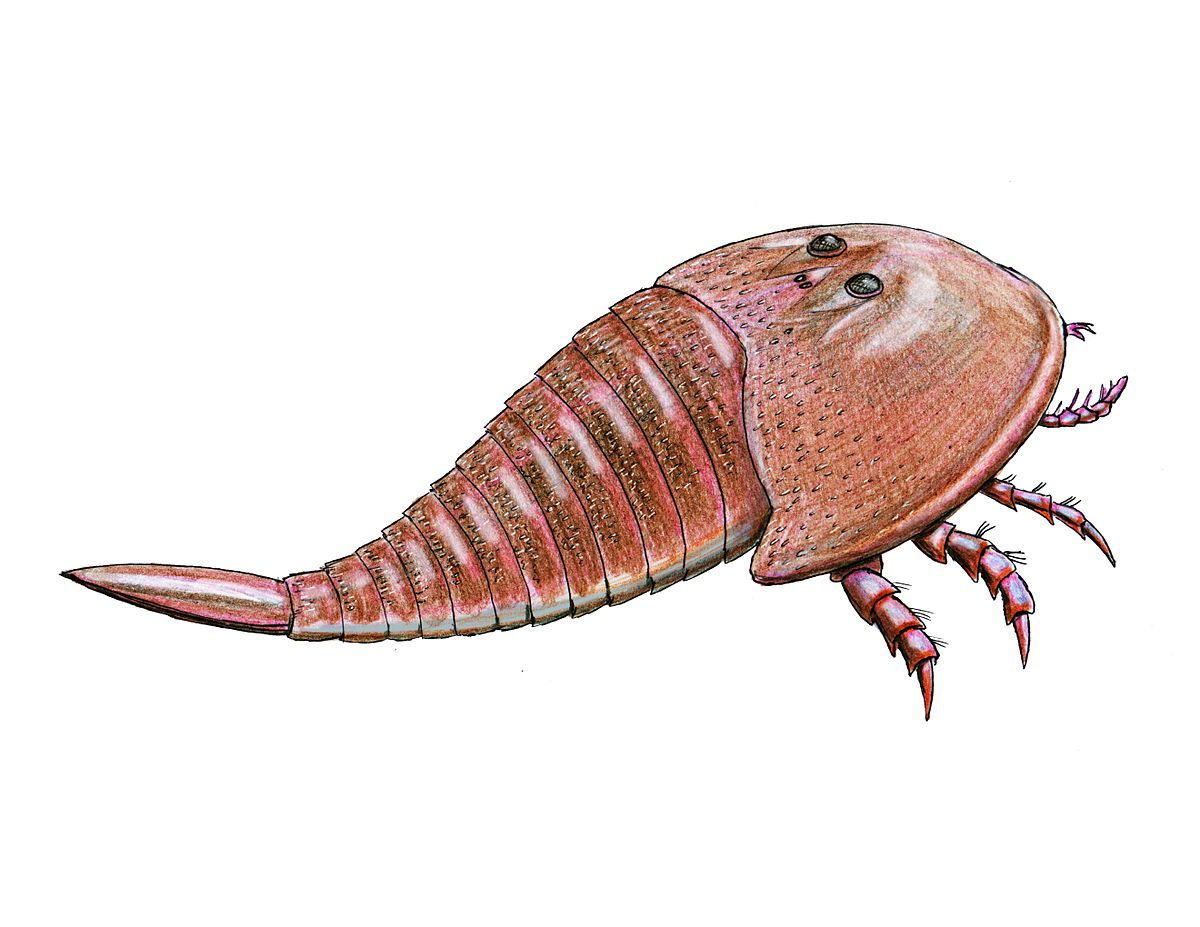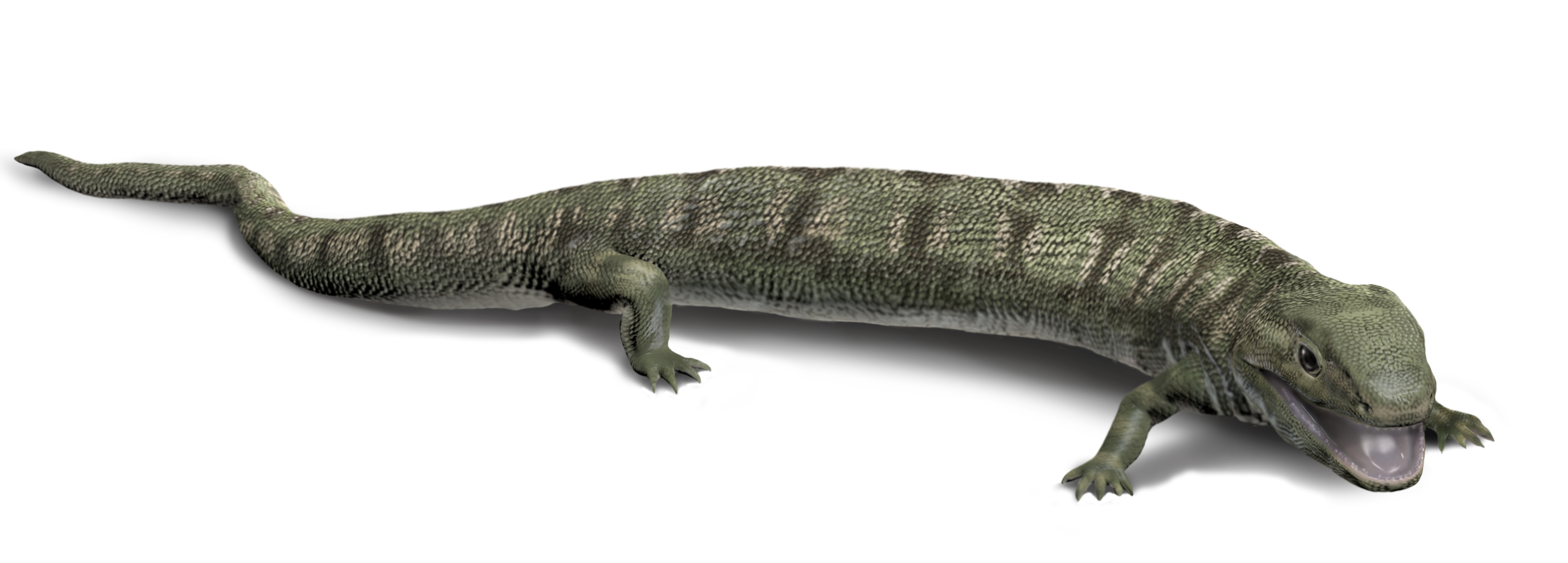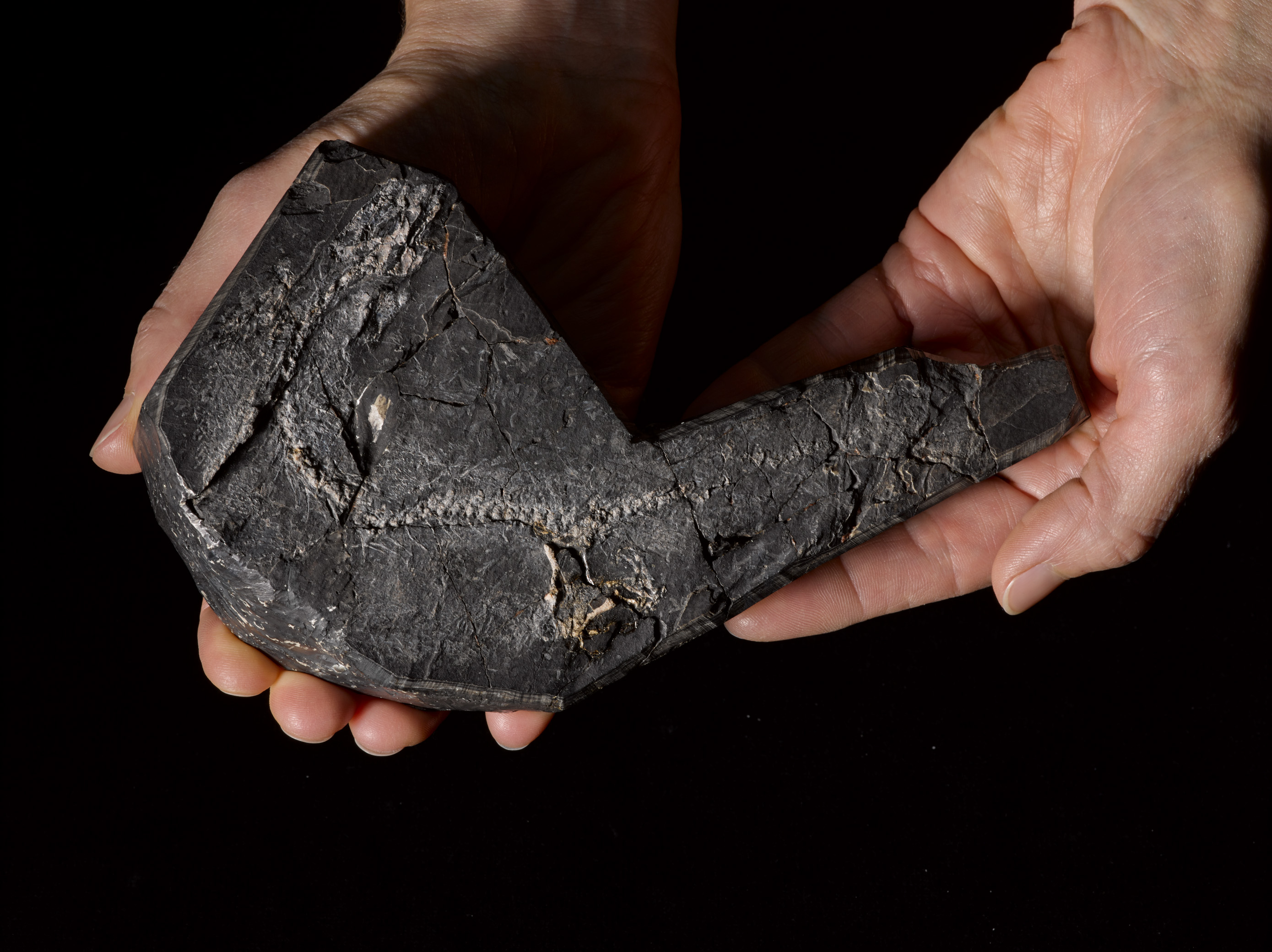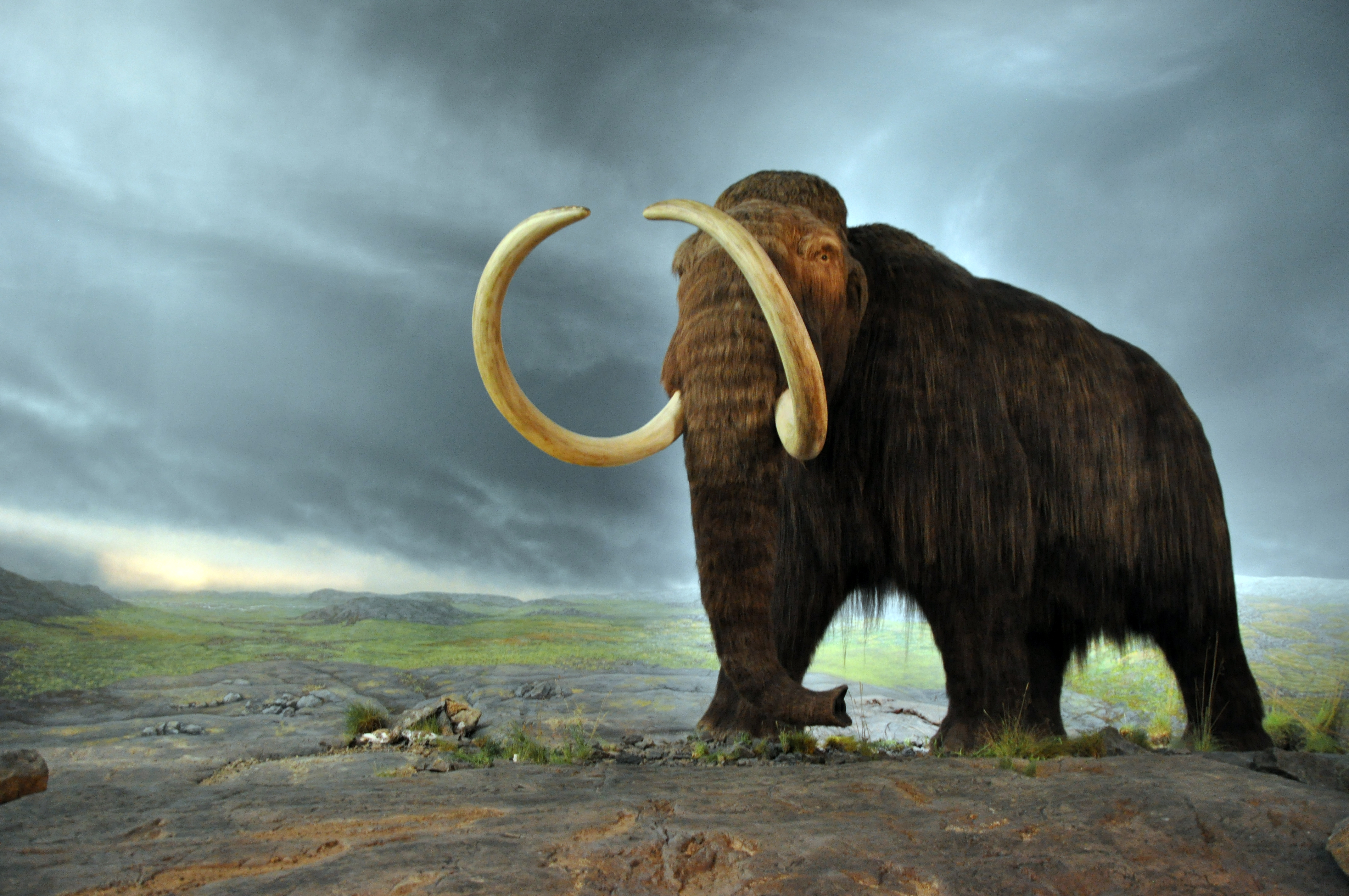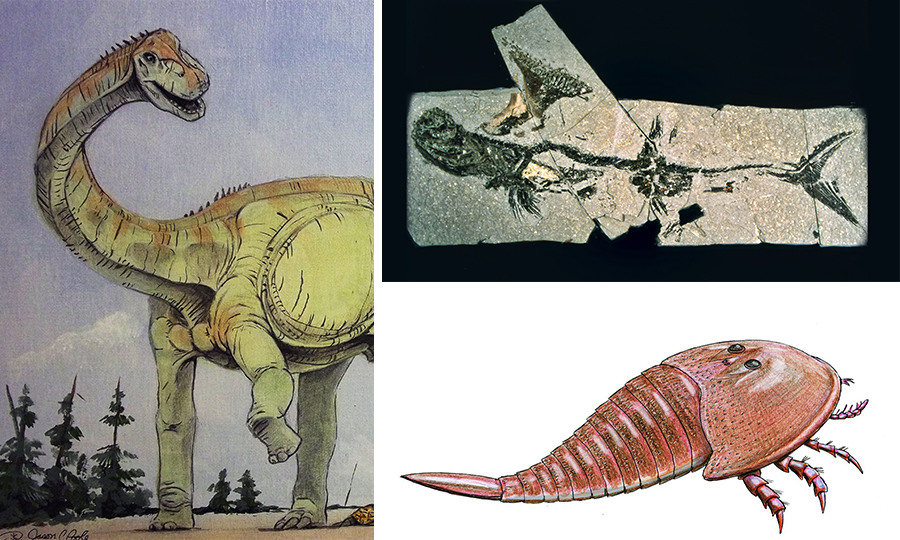
DIPPY the dinosaur’s arrival at Glasgow’s Kelvingrove Museum has sparked new interest in all things prehistoric.
The giant diplodocus, now on display in the museum’s main hall, is only temporarily calling Scotland home but giant creatures similar to him once roamed parts of the country, as well as a wide variety of creatures of all shapes and sizes…
Jurassic Island
While fossilised remains of fish, reptiles, plants and more dating back hundreds of millions of years are common in Scotland, remnants of dinosaurs are much rarer.
Scotland’s dinosaur hotspot is Skye, with hundreds of footprints imprinted on its rugged climes.
The island has worldwide importance to palaeontologists thanks to deposits from the middle-Jurassic period.
It’s where Scotland’s first dinosaur find was made in 1982, a footprint thought to belong to a large herbivore.
Bones were first discovered in the early nineties, and one found in 1997 by a holidaying family turned out to be from a previously unknown member of the stegosaur family.
Recent discoveries include dozens of 170-million-year-old sauropod footprints in a muddy lagoon, which are thought to be the oldest dinosaur footprints ever found in Scotland – outdating the Cuillin mountains formed around them.
Sauropods, the largest animal to ever roam the Earth, grew to 15 metres long and weighed up to 150 tonnes.
Those found on Skye were quite a bit smaller, but still relative giants.
Similar prints were found in 2015 at Duntulm Castle, and are easily visible at low tide for curious dino hunters.
As well as sauropods, footprints from two legged ornithopods have also been found at An Corran, at Staffin, where there is also a museum packed with interesting dinosaur findings.
Sharks and scorpions
While dinosaurs get the top billing when it comes to prehistoric creatures, there have been a few other ferocious finds on our shores dating back millions of years.
Exhibits at Glasgow’s Hunterian Museum include a rather intriguing find from 1981 – The Bearsden Shark.
The 330-million-year-old remains of the one-metre-long Akmonistion zangerli were found at the Manse Burn in the East Dunbartonshire town after a young boy showed fossils he had found to a local expert.
It’s the only complete fossil of its kind in the world, and even had the remains of the shark’s last meal in the stomach.
The site of its discovery is marked with a plaque.
Elsewhere, a beach in north-east Fife, the identity of which has remained secret, is home to tracks left behind by Hibbertopterus – a giant sea scorpion.
Found in 2010, the trail left by the two-metre long ancient creature is estimated to be around 330 million years old.
Arran’s scary creatures
Arran is home to markings from ‘The Hand Beast’, a.k.a. Isochirotherium, dating back around 270 million years.
Footprints and tracks from the creature, the size of a komodo dragon, were found on Arran at Sliddery, Levencorroch and Kildonan.
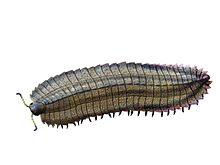
The island is also where a monster centipede known as Arthropleura once lived.
Tracks from one of the largest land insects ever known have been found on the island.
Lizzie the Lizard
Lizzie the lizard, a reptile-like tetrapod that lived about 338 million years ago, was found in East Kirkton Quarry in Bathgate in 1984.
She’s now known scientifically as Westlothiana lizziae and on display at the National Museum of Scotland.
At the time of discovery Lizzie was thought to be the oldest known reptile. But after some debate, it was decided she wasn’t actually a lizard, and may not even be a she.
Something a little more woolly
In more recent history, woolly mammoths roamed Ayrshire.
Tusks were first found in Scotland at a quarry near Kilmarus in 1816 and later near Kilmarnock.
They’d been buried for around 46,000 years.
Various bones from the woolly rhinoceros have also been found in the Bishopbriggs area over the years.

Enjoy the convenience of having The Sunday Post delivered as a digital ePaper straight to your smartphone, tablet or computer.
Subscribe for only £5.49 a month and enjoy all the benefits of the printed paper as a digital replica.
Subscribe